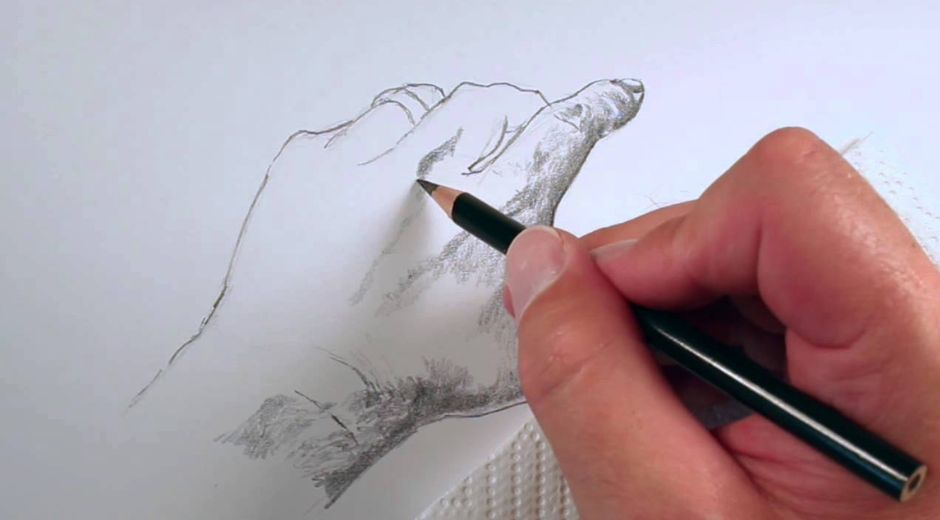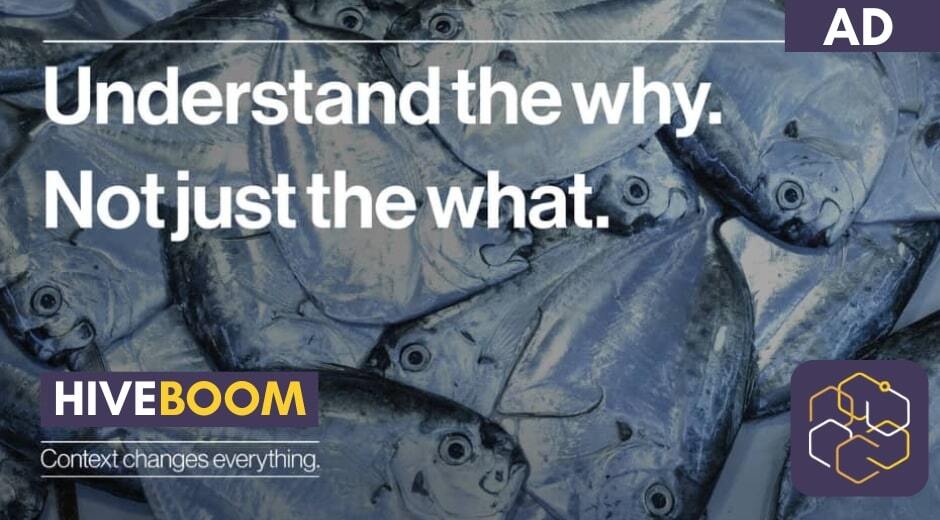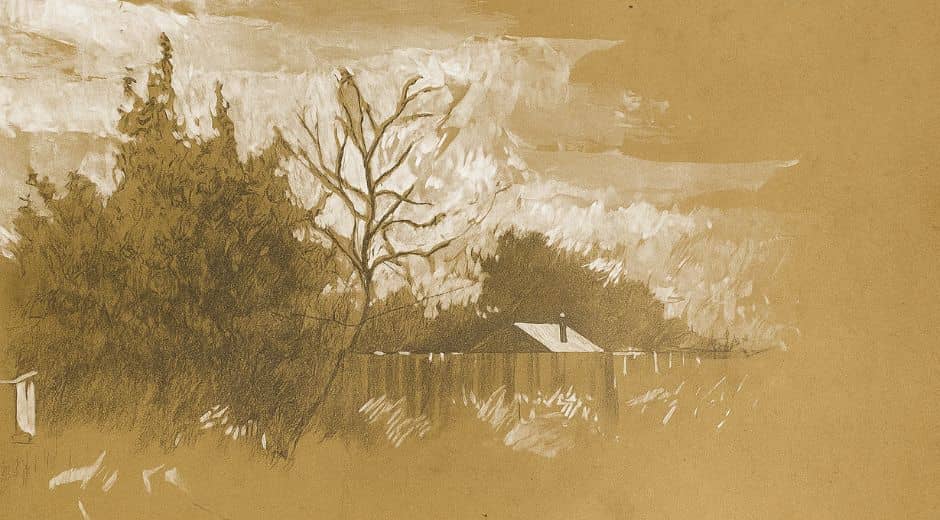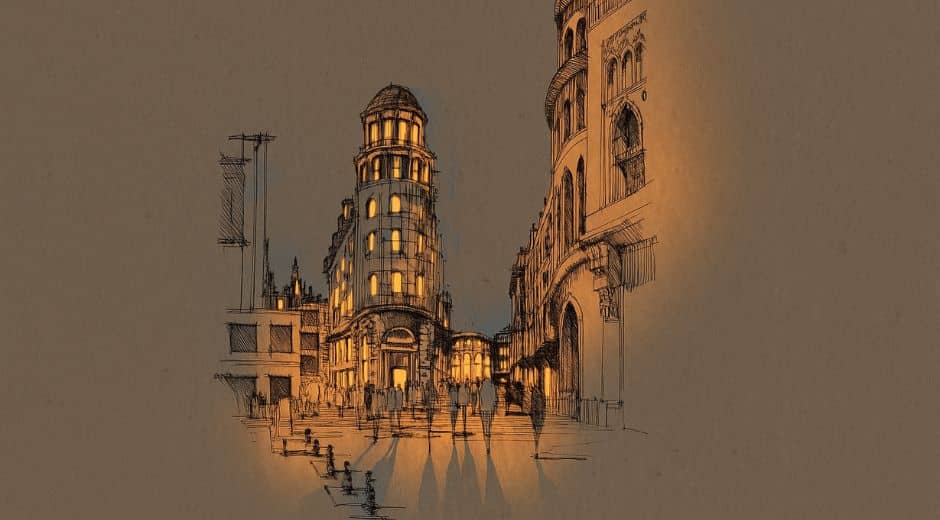You and the Line: Becoming Aware of the Hand in Drawing
You and the Line: Becoming Aware of the Hand in Drawing
The pencil hesitates above the paper — a breath between thought and movement — and then, with a small decision, the hand begins to move. That instant is where drawing truly lives. It’s not only about skill, or training, or technique; it’s about becoming aware — aware of your hand, your mind, and the rhythm that connects them.
Drawing is one of the oldest languages we have. Before words, before alphabets, there were lines on walls, marks in sand, traces of existence left behind. Every artist, from the child sketching shapes to the professional illustrator refining a concept, experiences the same fundamental act: the hand reaching outward to make something visible.
The Hand as Memory
Your hand remembers more than your mind often does.
It knows the pressure of the pencil, the drag of ink, the curve that feels natural. When you draw, the hand reveals its own kind of intelligence — a tactile memory that connects you to every mark you’ve ever made. This connection is what transforms drawing from imitation into expression.
Becoming aware of that memory changes how you draw. You start to notice how the line thickens when you hesitate, how it sharpens when you exhale. You begin to see that your hand doesn’t simply follow instruction; it translates feeling. In that translation, something human and imperfect appears — and that’s where beauty often hides.
The Dialogue Between Mind and Motion
Most of us were taught that drawing begins in the head — you visualize, plan, and then execute. But there’s another way to see it: the line itself can lead the thought.
As the hand moves, ideas form and reform. What you thought was a tree becomes a shadow, then an emotion, then a composition. The process is not linear; it’s a conversation between what you imagine and what you discover through movement.
In this dialogue, becoming aware of your own rhythm is essential. Each artist has a pace — some draw like a whisper, others like a storm. Finding that rhythm is not about control but about listening. When you draw long enough, you realize the drawing doesn’t just come from you; it also shapes you. The hand teaches the mind as much as the mind guides the hand.
The Tools That Translate
Every tool you use changes the nature of your line.
A graphite pencil feels different from a fine liner, and ink behaves nothing like charcoal. Experimentation is how we learn the language of texture and resistance. If you’re exploring materials, you can find inspiration and tools at Michaels — a space where artists of all levels can reconnect with the tactile joy of drawing.
Digital tools add another dimension. The stylus and tablet offer precision, but sometimes they mute the raw energy of touch. Becoming aware of that subtle difference — the way a real line wavers, bleeds, or breaks — helps artists retain a sense of authenticity even in digital work. That awareness keeps the humanity in illustration alive.
The Emotional Gesture
A line is never just a line.
It carries emotion — fear, tenderness, anger, hesitation, confidence. Every gesture holds a trace of the artist’s inner state.
When you begin becoming conscious of how your emotions move through your hand, the drawing becomes more than representation; it becomes reflection.
This is why so many artists find drawing meditative. It’s a way of grounding attention, of feeling present. The mind quiets as the hand speaks. In that stillness, you’re not trying to make art — you’re allowing it to appear through you. The practice is less about perfection and more about presence.
Mistakes as Movement
We often think of mistakes as failures, but in drawing, mistakes are motion made visible.
Every unintended line shows where you were, what you thought, how your body responded. Instead of erasing those traces, consider keeping them. They reveal the process of becoming — a layered history of thought and correction.
Many artists intentionally leave their construction lines visible, honoring the raw scaffolding beneath the finished form. It reminds viewers that art isn’t static; it’s alive with decisions, revisions, and discoveries. The imperfect line is often the one that breathes.
From Observation to Interpretation
When we first learn to draw, we focus on accuracy — how to reproduce what we see. But the deeper journey is about interpretation. Becoming aware of how you see the world — not just what you see — transforms your drawings. The artist’s eye filters emotion, memory, and personal narrative through every mark.
Observation becomes empathy. You don’t just draw a face; you draw the feeling behind it. You don’t just sketch a tree; you express the silence around it. Through each drawing, you learn something subtle about perception itself — how attention turns into form.
Drawing as Connection
Every drawing is a kind of conversation — between artist and world, between hand and heart, between what is and what might be.
When you share your drawings, you’re also sharing your process of becoming. Others see not only what you made, but how you arrived there.
Communities of artists and illustrators around the world are exploring these ideas, connecting through forums, exhibitions, and digital platforms. A great example of how creative minds exchange knowledge and opportunities can be found on Business Forum Hub — a space where creative professionals discuss the intersection of art, innovation, and purpose.
These exchanges remind us that drawing isn’t solitary; it’s social. Every line joins a larger story — of human creativity, expression, and curiosity.
Returning to the Beginning
In the end, to draw is to return to something simple: the mark, the gesture, the presence of your hand.
When you pick up a pencil, you don’t need to strive for mastery. You only need to notice — how the hand moves, how the breath steadies, how the line grows. Through that attention, becoming isn’t a goal; it’s a continuous act.
That’s the essence of drawing: not a product, but a process of discovery.
Each line teaches you something new about yourself — your patience, your pressure, your perception. The more you draw, the more you realize that the act itself is the art.
For more reflections on creativity, art, and the quiet beauty of everyday making, visit MuseaTime — a space dedicated to exploring the deeper rhythm of visual storytelling and human craft.
Inspiration Expression Eternity

Shaping Atmosphere: How Visual Choices Transform a Space
A space changes instantly through form, color, shadow, and arrangement. Explore how thoughtful visual decisions influence mood and elevate everyday interiors.

Shaping a Scene: How Structure Guides the Eye
Every sketch benefits from structure. By guiding the viewer’s eye with thoughtful arrangement, illustrators create pieces that feel intentional, balanced, and visually inviting.
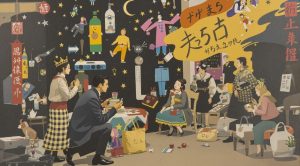
How Traditions Evolve Through Modern Life
Traditions don’t disappear as time passes — they shift, adapt, and take on new forms. Explore how modern life reshapes long-standing customs while keeping their spirit alive.
